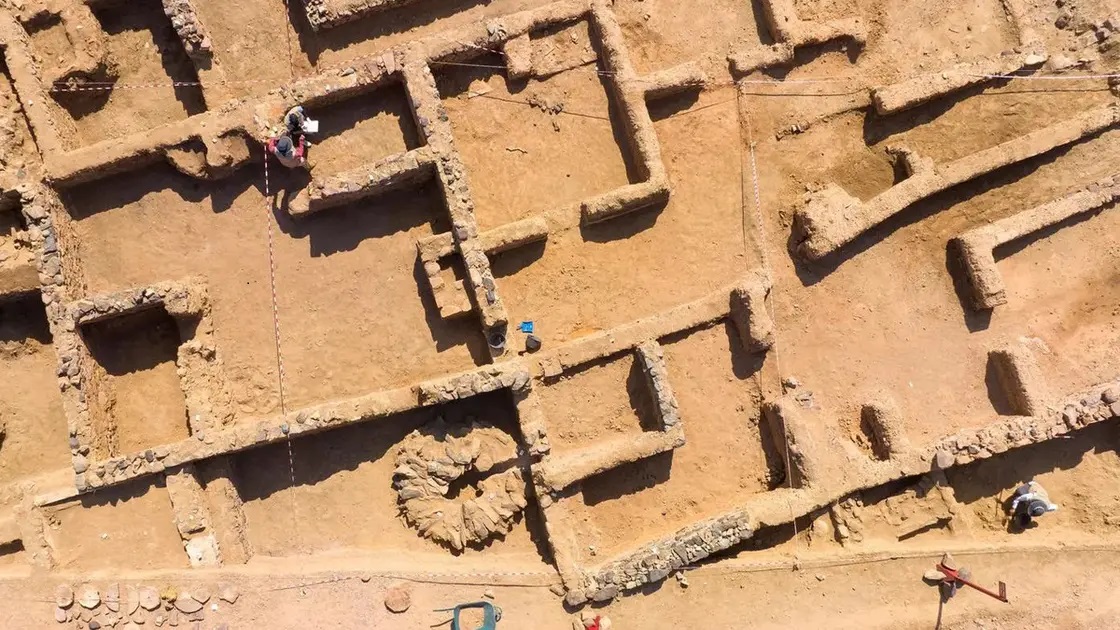Saudi Al-Abla Site Yields Glimpses of Ancient Life Along Incense Trade Route
The Saudi Heritage Commission on Friday announced the discovery of significant archaeological artifacts at the Al-Abla site in the southwestern Asir region. According to the commission, the findings include evidence of residential and industrial areas complete with gypsum-coated walls and floors, as well as underground reservoirs for both residential and industrial use.
Give the gift of hope
We practice what we preach:
accurate, fearless journalism. But we can't do it alone.
- On the ground in Gaza, Syria, Israel, Egypt, Pakistan, and more
- Our program trained more than 100 journalists
- Calling out fake news and reporting real facts
- On the ground in Gaza, Syria, Israel, Egypt, Pakistan, and more
- Our program trained more than 100 journalists
- Calling out fake news and reporting real facts
Join us.
Support The Media Line. Save democracy.


Engineered systems were found to channel rainwater from specially designed roofs through gypsum-lined or pottery channels for storage. The excavation also revealed oval-shaped water basins, pottery stoves, grinding tools, and quern stones. Other noteworthy finds include small glass vials, metal pieces, fragments of bronze vessels, and beads made from ivory and precious stones.
Al-Abla, one of the largest archaeological sites in modern-day Saudi Arabia, sits on an ancient incense trade route that linked the southern and northern regions of the Arabian Peninsula.

